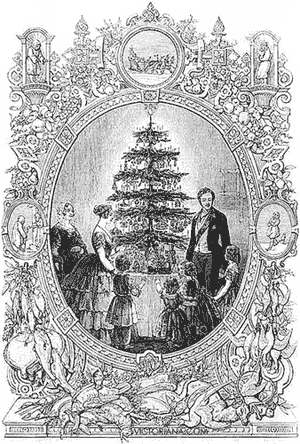Since Boxing Day has been a national holiday in Britain, Ireland and Canada since 1871, how did it come to exist? There seems to be a few histories as to how Boxing Day began and what its purpose was:
During Advent, Anglican parishes displayed a box for churchgoers to fill with monetary donations. The boxes were broken open the day after Christmas to distribute to the poor.
Since servants of the aristocracy were required to work for their employers on Christmas Day, they were given the following day off from work to visit their families. The employers would give each servant a box to take home containing gifts and bonuses, and sometimes leftover food.
It was also customary for tradesman to receive money or presents, "Christmas boxes," on the day after Christmas as gratitude for good service throughout the year. Samuel Pepys' diary entry for December 19, 1663 mentions making an errand to the shoemakers to pay a bill and give to "the boys' box against Christmas."
Saturday 19 December 1663(http://www.pepysdiary.com/archive/1663/12/19/)
Up and to the office, where we sat all the morning, and I laboured hard at Deering’s business of his deals more than I would if I did not think to get something, though I do really believe that I did what is to the King’sadvantage in it, and yet, God knows, the expectation of profit will have its force and make a man the more earnest. Dined at home, and then with Mr. Bland to another meeting upon his arbitration, and seeing we were likely to do no good I even put them upon it, and they chose Sir W. Rider alone to end the matter, and so I am rid of it. Thence by coach to my shoemaker’s and paid all there, and gave something to the boys’ box against Christmas. To Mrs. Turner’s, whom I find busy with Sir W. Turner, about advising upon going down to Norfolke with the corps, and I find him in talke a sober, considering man. So home to my office late, and then home to supper and to bed. My head full of business, but pretty good content.
When looking at the calendar, December 26th will no longer be a mystery to me.


